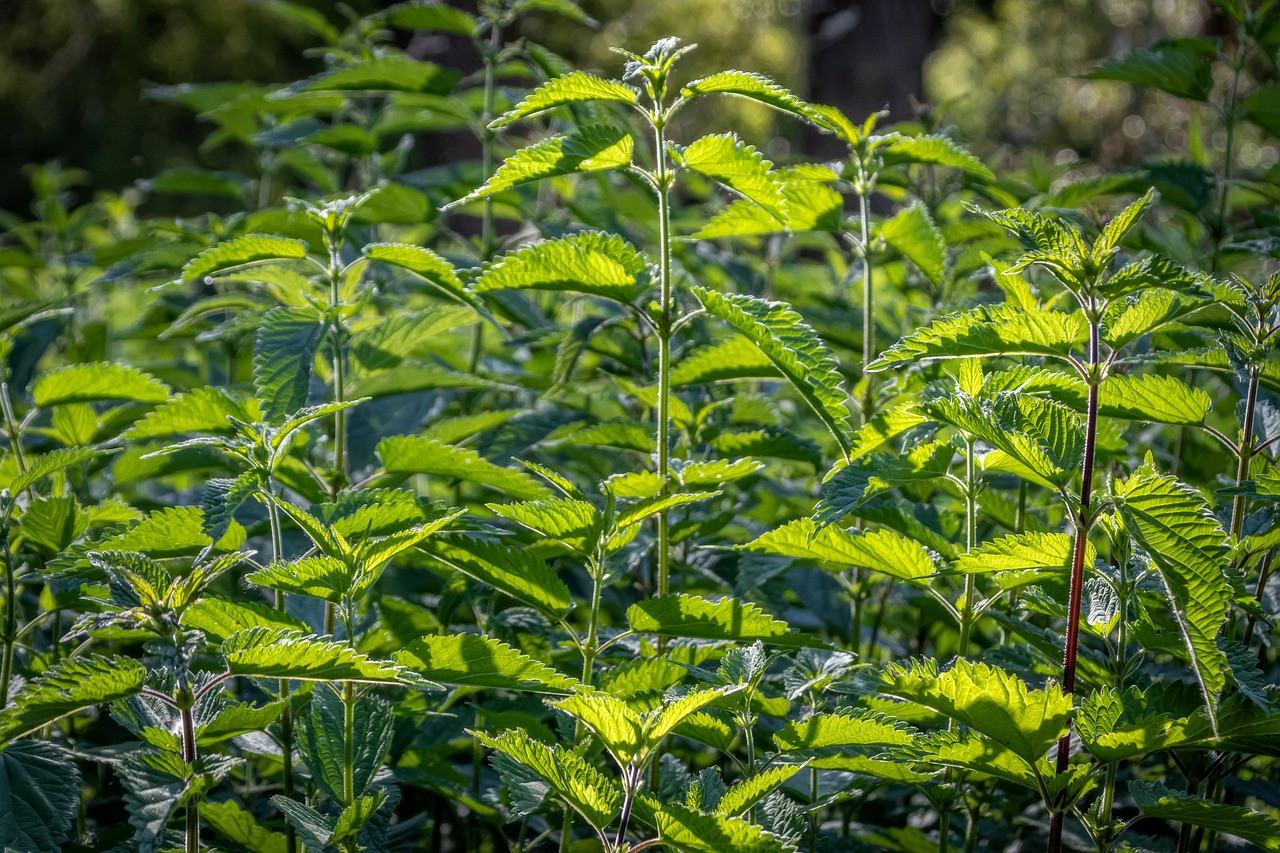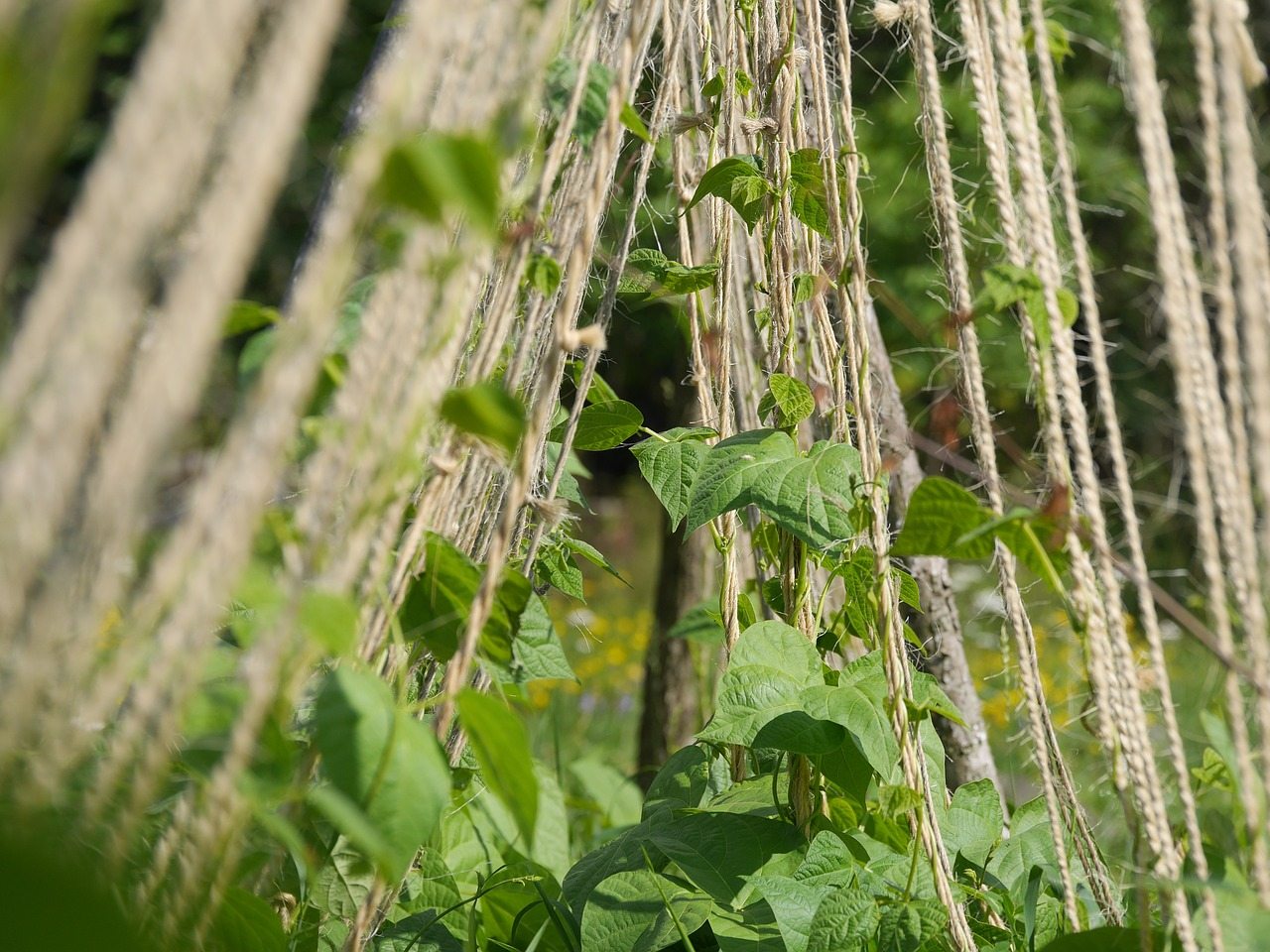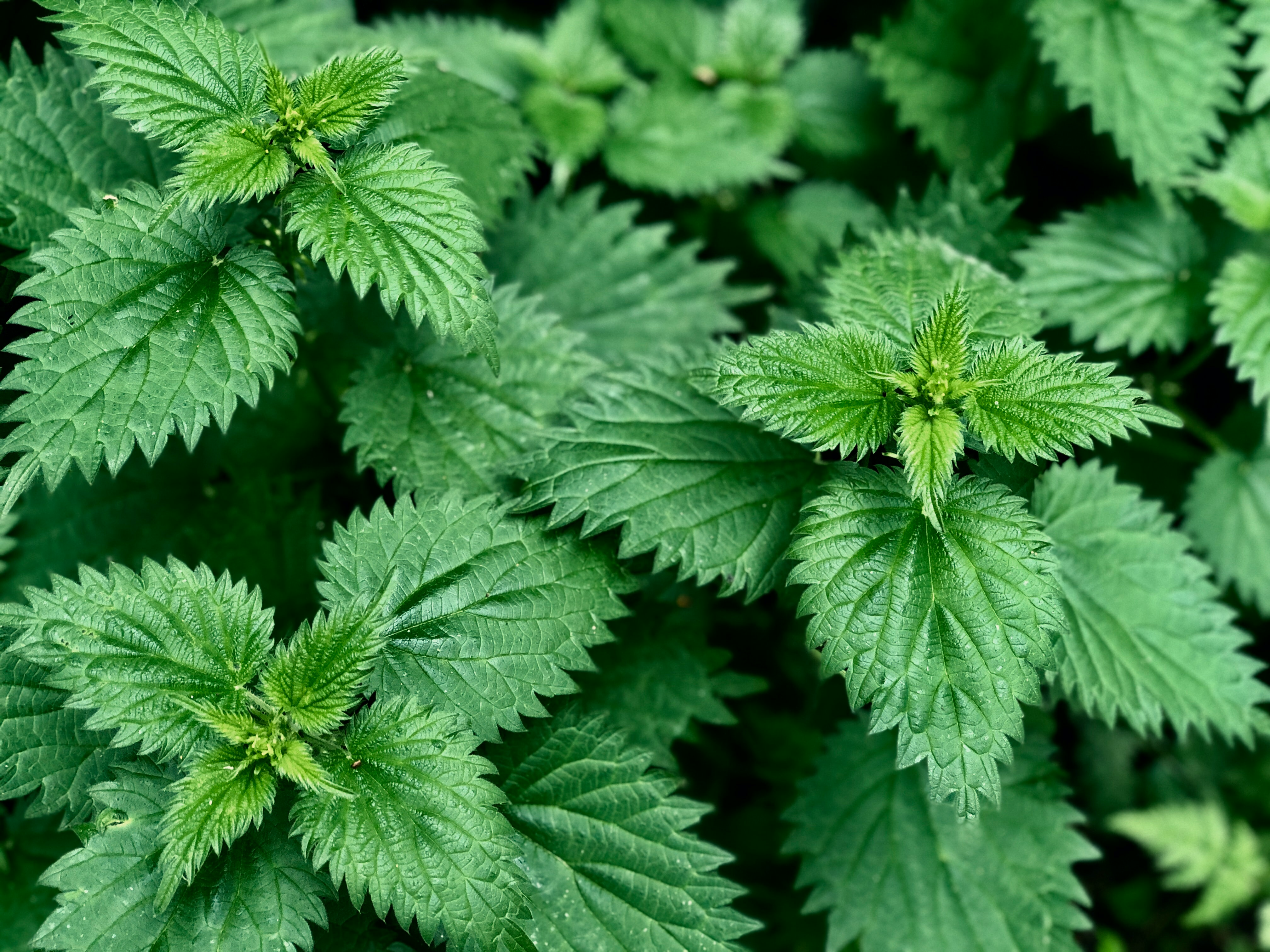Your own organic fertilizer
Making nettle slurry
With nettle slurry, you can supply your plants with natural nitrogen, potassium and other important minerals. It also has a plant-strengthening effect, which increases resistance to pathogens and pests.
What is nettle liquid manure & how does it work?

It is the product of lactic acid fermentation of fresh or dried plant parts. During this process, nutrients and secondary plant substances are released from the plant and converted into a soluble form. The nutrients are readily available to the plant. The secondary ingredients repel herbivores and pathogens.
Manufacture

Material:
- bucket (not metal!), nettles, water & time
- Chop the nettles (approx. 100 g/3.5 fl. oz. fresh 25 g/9.88 fl. oz. dried nettles to 1 L/2.1 pt water) and fill into bucket
- Fill bucket with rainwater & cover loosely
- Place the bucket in a warm, shady place
- Stir once a day
- After 10 to 14 days the slurry is ready
- Remove plant parts, these are good as mulch
Using nettle ferment

Fertilization:
- Good fertilizer for vegetable crops
- Fertilize high-yielding plants diluted at a ratio of 1:10
- Fertilize medium-feeder or sensitive plants at a ratio of 1:20
- Not suitable for legumes or weak feeder plants Plant protection and plant strengthening
- Apply at a ratio of 1:10 as a preventative measure against pests
- Use regularly
- Caution: attracts cabbage white butterflies!
Paul Morley on Unsplash.

